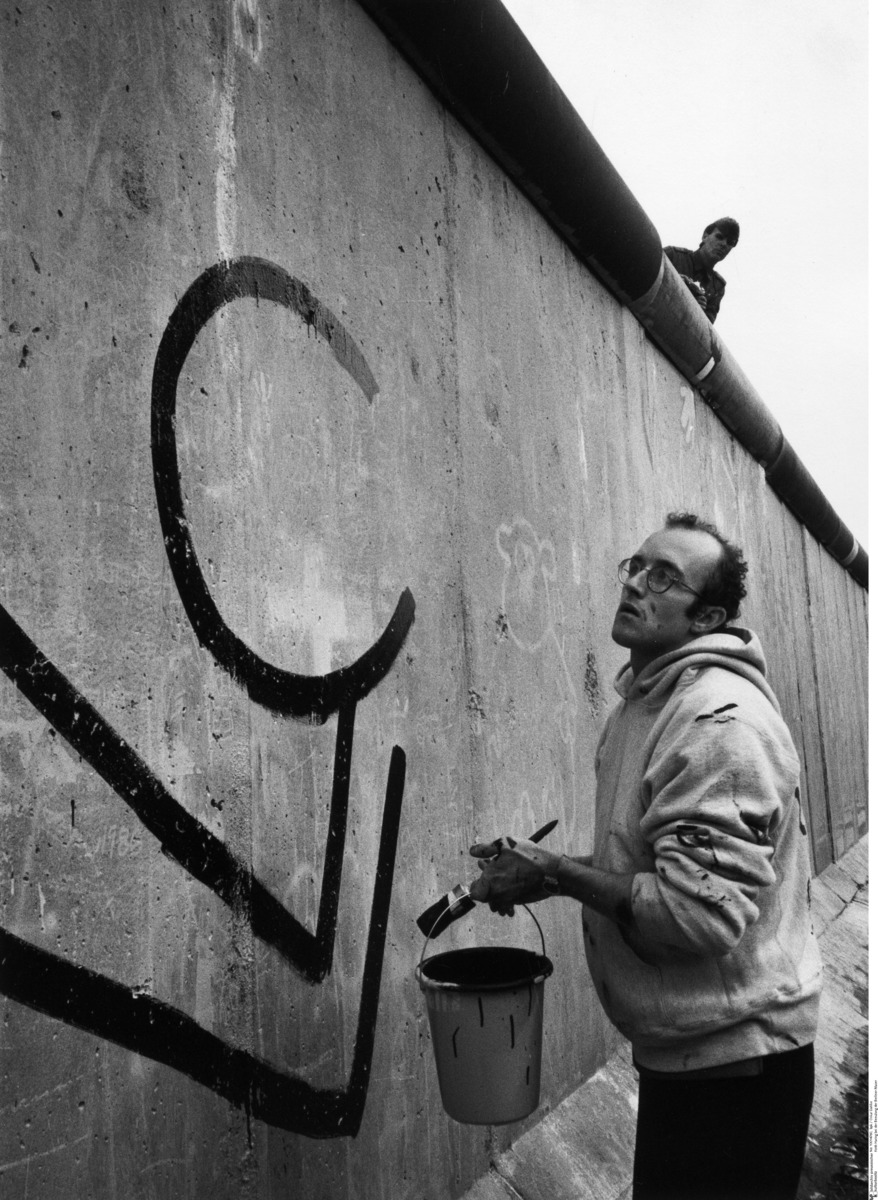Source
Source: Keith Haring painting the Berlin Wall at Checkpoint Charlie. Date: October 23, 1986; Keith Haring being photographed by a GDR border guard while working on graffiti art on the Berlin Wall. Date: October 23, 1986. Photos: Oskar Dahlke.
bpk-Bildagentur, image numbers 10014760 and 10008018. For rights inquiries, please contact Art Resource at requests@artres.com (North America) or bpk-Bildagentur at kontakt@bpk-bildagentur.de (for all other countries).

